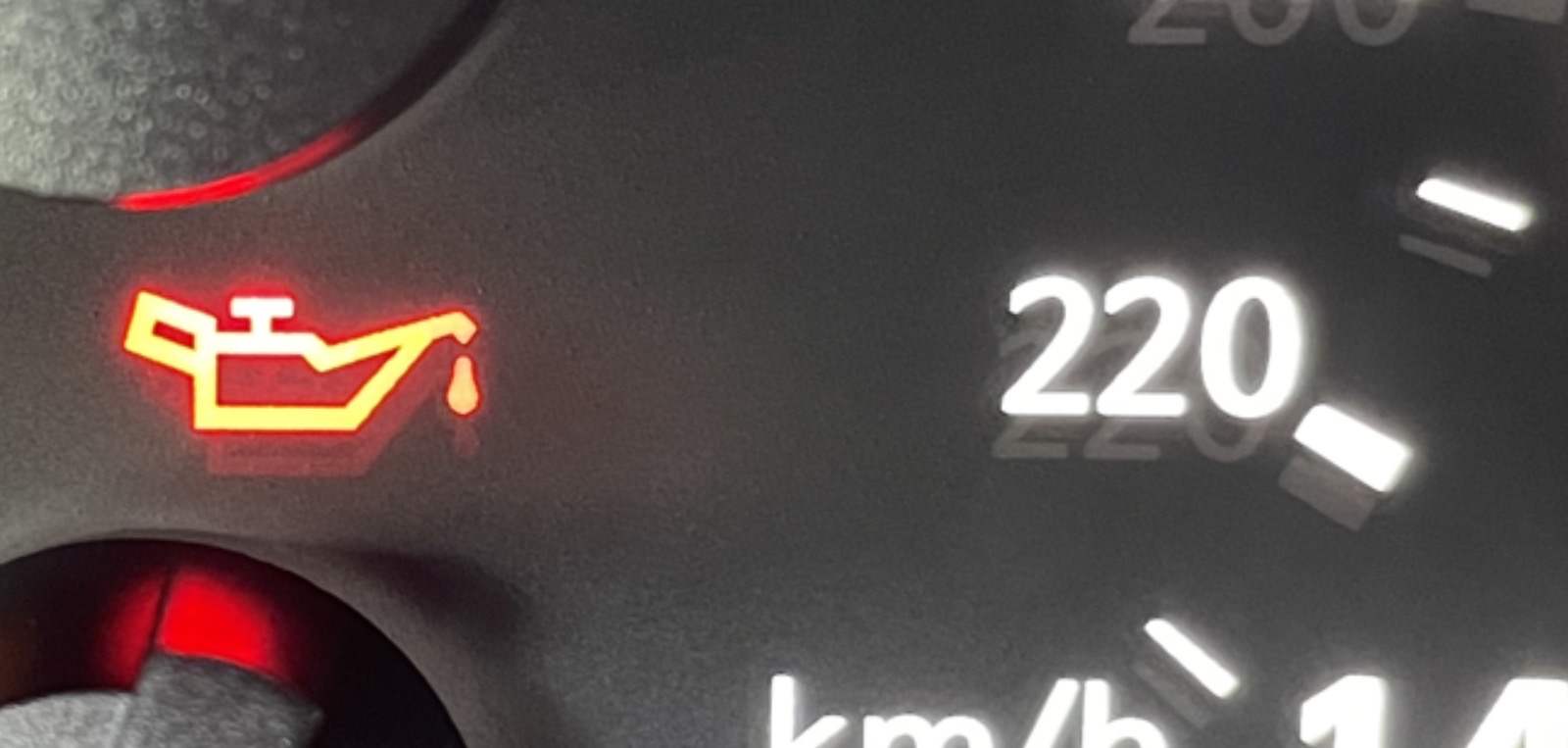The red oil light in a vehicle is an indicator that there is a critical issue with the engine oil. It is a warning sign that drivers should never ignore. The light is usually shaped like an oil can and can be located in different places on the dashboard depending on the car model. In this article, we will discuss what a red oil light means, what causes it to come on, and what to do if it appears on your dashboard.
What does a red oil light mean?
When the red oil light comes on, it means that the oil pressure in the engine is too low or there is a complete loss of oil pressure. The engine oil is responsible for lubricating, cooling, and cleaning the engine parts. Low oil pressure can cause serious damage to the engine, leading to costly repairs or even engine failure. If the red oil light comes on while driving, it is essential to take immediate action.
What causes the red oil light to come on?
There are several reasons why the red oil light might come on in a vehicle. Here are some of the most common causes:
Low oil level: If the engine oil level is low, it can cause a drop in oil pressure, triggering the red oil light. This can happen if you haven't changed the oil in your vehicle for an extended period or if there is a leak in the engine.
Faulty oil pump: The oil pump is responsible for circulating the engine oil throughout the engine. If the pump is faulty, it can cause low oil pressure and trigger the red oil light.
Worn bearings: The engine bearings help the moving parts of the engine operate smoothly. Over time, they can wear out and cause a drop in oil pressure.
Clogged oil filter: If the oil filter becomes clogged, it can restrict the flow of oil to the engine, leading to low oil pressure.
What to do if the red oil light comes on?
If the red oil light comes on while you are driving, here's what you should do:
Pull over safely: The first thing to do is pull over to a safe location as soon as possible.
Turn off the engine: Once you have stopped safely, turn off the engine to prevent further damage.
Check the oil level: Check the oil level using the dipstick. If the level is low, add more oil until it reaches the recommended level. If there is no oil on the dipstick, do not attempt to drive the car. It could lead to severe engine damage.
Call for assistance: If the oil level is normal and the red oil light still appears, do not attempt to drive the car. Call for roadside assistance or a tow truck to have the car towed to a mechanic.
Conclusion:
The red oil light is an important warning sign that drivers should never ignore. It indicates a serious problem with the engine oil that requires immediate attention. Low oil pressure can cause severe damage to the engine, leading to costly repairs or engine failure. If the red oil light comes on while driving, pull over to a safe location and turn off the engine. Check the oil level and call for assistance if necessary. Preventative maintenance, such as regular oil changes and inspections, can help prevent the red oil light from coming on in the future.

